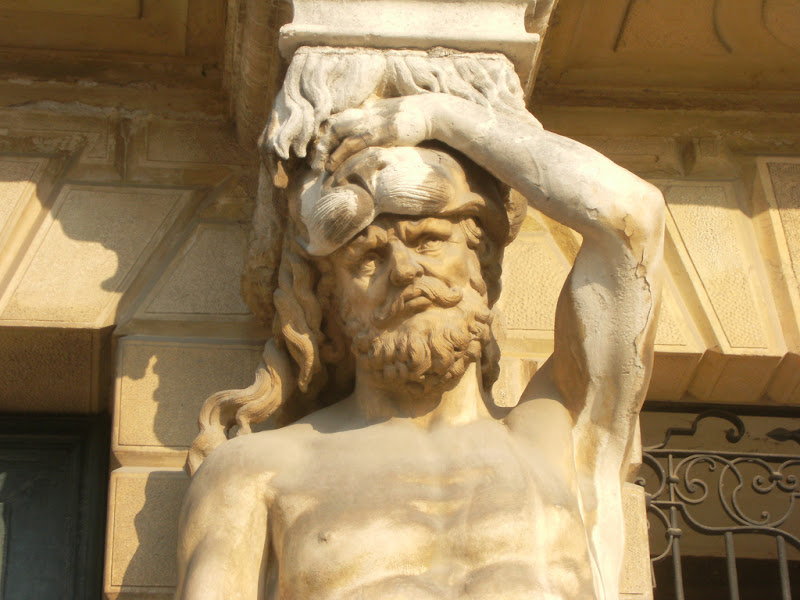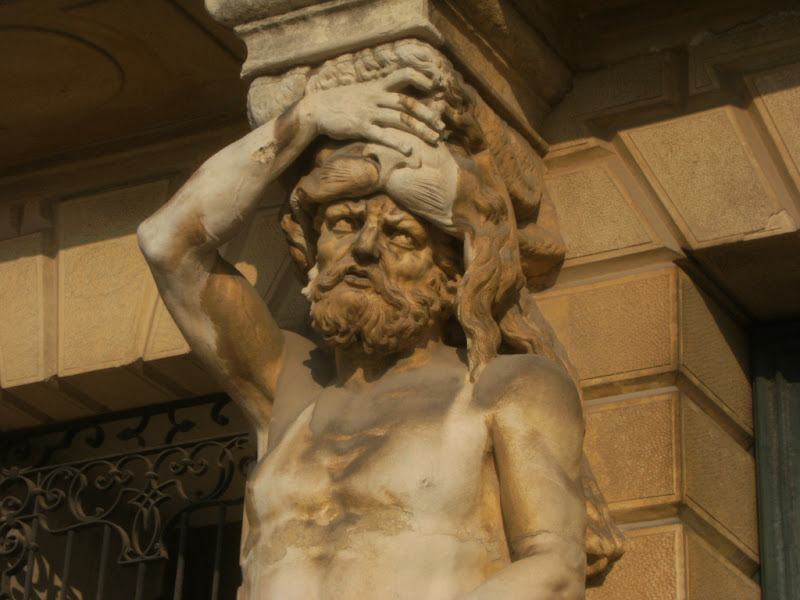Villa Pisani is the name shared by a number of villas commissioned by the patrician Pisani family of Venice. However, Villa Pisani usually refers to a large, late baroque villa at Stra on the mainland of the Veneto, northern Italy. It was begun in the early 18th century for Alvise Pisani, the most prominent member of the Pisani family, who was appointed doge in 1735. The initial models of the palace by Paduan architect Girolamo Frigimelica still exist, but the design of the main building was ultimately completed by Francesco Maria Preti.
From the outside, the facade of the oversized palace, appears to command the site, facing the Brenta canal some 30 kilometers from Venice. The villa is part of a serie of villas, which the Venetian noble families and merchants started to build from the XV century onwards. However, unlike the earlier buildings, which were designed as to be a pleasure house and an agricultural enterprise, Villa Pisani was primarily built as a demonstration of the power achieved by the family, since one of them, Alvise Pisani, was elected doge in 1735.
The broad façade is topped with statuary, and presents an exuberantly decorated center entrance with monumental columns shouldered by caryatids. It shelters a large complex with two inner courts and acres of gardens, stables, and a maze. Giovanni Tiepolo decorated the massive frescoed ceiling depicting the Glory of the Pisani family (painted 1760–1762). Additional frescoes and paintings are by his son Gian Domenico Tiepolo, Crostato, Jacopo Guarana, Jacopo Amigoni, P.A. Novelli, and Gaspare Diziani. The bombastic allusions of the ceiling echo hollow in the now uninhabited shell of a palace. The remainder of its nearly 100 rooms are now eerily empty; on the first floor there are several rooms with furniture of the 18th and 19th century.
Deserted by its eponymous family, the villa has had a share of notable and infamous visitors: Napoleon I who acquired the villa in 1807. It has been a national monument since 1882. Here Adolf Hitler first conferred with Benito Mussolini in 1934.


















































































